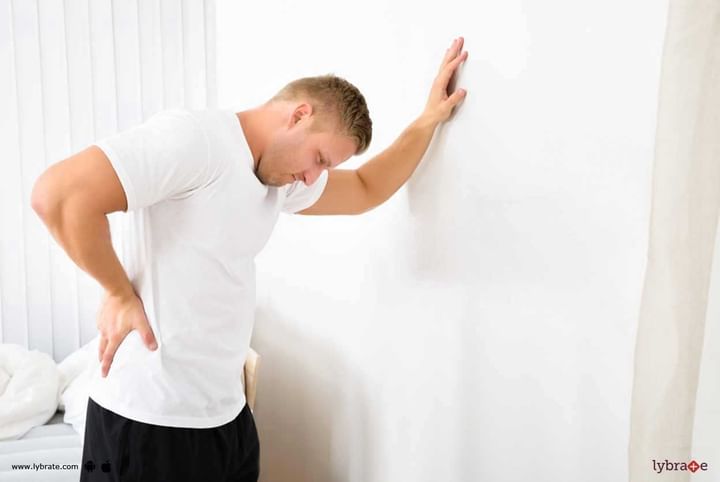AVN Hip - How To Tackle It?
AVN is the acronym for avascular necrosis, which mostly affects the hip bone. This complication develops when there is a loss of blood flow to the bones. Being a living tissue, bones require a continuous supply of blood, and if there is an interruption to this supply for a long time, bones suffer from avascular necrosis. The longer duration of this condition may cause bone death. Apart from the hips, AVN may also affect other sites like knees, shoulder, ankles, etc.
Symptoms -
Usually, there are no symptoms in the early stages. However, as the disease progresses, it begins to hurt as you sit down or put pressure on the hip bones. As the disease progresses unabated, the pain may refuse to go away. Progressively, the hip bone collapses along with its surrounding joint tissue. Pain becomes severe and begins to interfere with your daily activities. However, it may take several months and even a year for the bone and the surrounding tissue to collapse.
Causes -
Causes of avascular necrosis may include:
-
Dislocation of thigh bone affecting the blood supply to the bone. About 20% of people suffering from hip dislocation or fracture may suffer from AVN Hip.
-
Chronic use of corticosteroids. About 35% of patients undergoing chronic corticosteroid use may develop AVN Hip. It is considered that these drugs may interfere with the ability of the body to break down fat.
-
Alcohol abuse too may lead to avascular necrosis much in the same way as corticosteroids.
-
Blood clots, arterial damage, and inflammation may also contribute to blocking the flow of blood to bones and precipitate AVN Hip.
-
Other conditions that may contribute to this disease are sickle cell disease of the blood, pancreatitis, diabetes, HIV, chemotherapy, radiation therapy, long term abuse of some drugs, etc.
Treatment -
The objective of treating avascular necrosis is to improve the functioning of joints, reducing pain, and stopping bone damage. In the case of early diagnosis, treatment can be done by taking pain-relieving medicines and by limiting regular use of your hips. Taking crutches to limit weight bearing by the hips may help to relieve pain and limiting damage to the bone. You may also need to perform various range-of-motion exercises in order to ensure continued mobility of the joints.
Treatment Outcome -
Needless to say, the damage already done cannot be reversed. This is why the earlier the problem is diagnosed, the better it is for the patients. The best outcome of treatment depends on:
-
Age of the patient
-
Stage of progression of the disease
-
Location of bone damage and its spread
-
Removing the cause of avascular necrosis, if possible, which means stopping alcohol and drug abuse, taking precautionary steps after femoral dislocations and fractures, stopping the use of corticosteroids, etc.
Take Away -
The symptoms are not visible in the early stage of the condition. This is why a consultation is advisable if a person experiences any of the above symptoms.



+1.svg)
